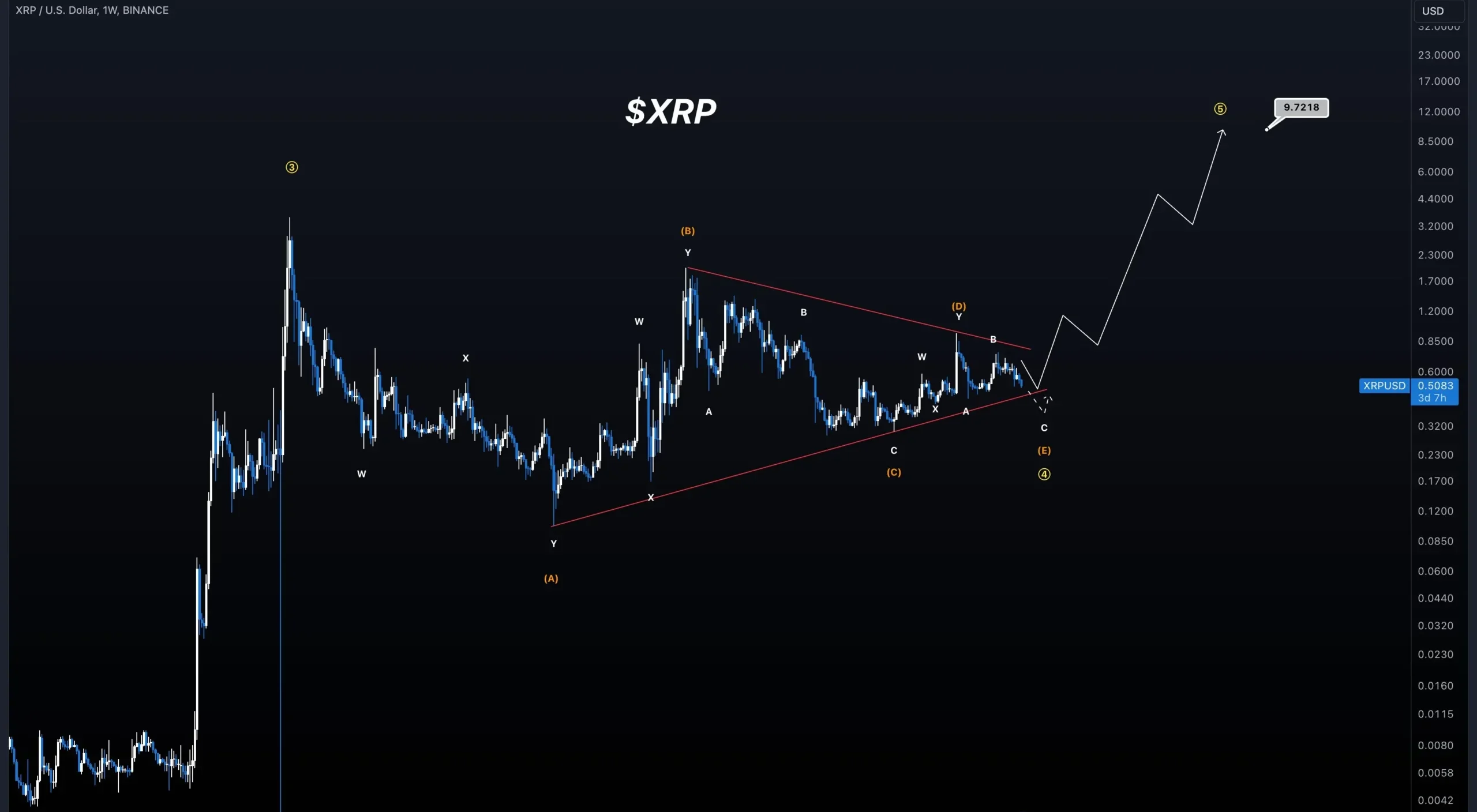Bitcoin Faces Major Decline if Critical Resistance Level is Not Surpassed

Bitcoin Faces Major Decline: Bitcoin, the world’s leading cryptocurrency, has been navigating a volatile market, with investors keeping a close eye on its price movements. Currently, Bitcoin finds itself at a crucial juncture, with a significant resistance level acting as a barrier to further upward momentum. If this level is not breached, experts warn that the cryptocurrency could face a substantial decline, Bitcoin to Show Significance Growth by 2025 potentially reshaping the short-term outlook for the market.
Understanding Resistance Levels
Resistance levels are key price points where an asset’s upward momentum tends to slow down due to increased selling pressure. For Bitcoin, this level often coincides with technical indicators such as moving averages, Fibonacci retracements, or prior price peaks. Breaking above these levels typically signals a bullish trend, while failure to do so can trigger bearish sentiment.
The Current Market Scenario
As of now, Bitcoin is trading near a critical resistance level of approximately $30,000. This price point has proven to be a formidable barrier in the past, with multiple attempts to breach it resulting in temporary pullbacks. Analysts suggest that a sustained break above this level could pave the way for Bitcoin to target $35,000 or higher. Conversely, failure to surpass it may lead to a downward spiral, with potential support zones around $27,000 and $25,000.
Factors Contributing to Market Pressure
 Several factors are influencing Bitcoin’s price movements:
Several factors are influencing Bitcoin’s price movements:
- Macroeconomic Conditions: Rising interest rates and a strong U.S. dollar are putting pressure on risk assets, including cryptocurrencies.
- Regulatory Uncertainty: Ongoing discussions about cryptocurrency regulations in major economies are creating an environment of uncertainty.
- Market Sentiment: Investor confidence plays a significant role in Bitcoin’s price trajectory. Recent declines have led to cautious trading behavior.
Implications of a Decline
Should Bitcoin fail to break through its resistance level, the ensuing decline could have broader implications:
- Investor Confidence: A significant drop may erode confidence, prompting some investors to exit the market.
- Altcoin Performance: Historically, Bitcoin’s movements influence the performance of altcoins. A downturn in Bitcoin could trigger widespread sell-offs across the crypto market.
- Long-term Trends: Prolonged inability to reclaim higher price levels could signal the beginning of a bear market, impacting both retail and institutional participants.
Strategies for Investors
In light of the current uncertainty, investors are advised to:
- Monitor Key Levels: Pay attention to resistance and support levels to make informed trading decisions.
- Diversify Portfolios: Avoid putting all capital into a single asset to mitigate risk.
- Stay Updated: Keep an eye on market news and technical analysis for timely insights.
Conclusion
Bitcoin’s ability to surpass its critical resistance level will likely define its short-term future. While a breakout could reignite bullish enthusiasm, failure to do so might result in a sharp decline. As the cryptocurrency market evolves, staying informed and adaptable remains key for investors navigating these uncertain waters.
[sp_easyaccordion id=”4032″]




